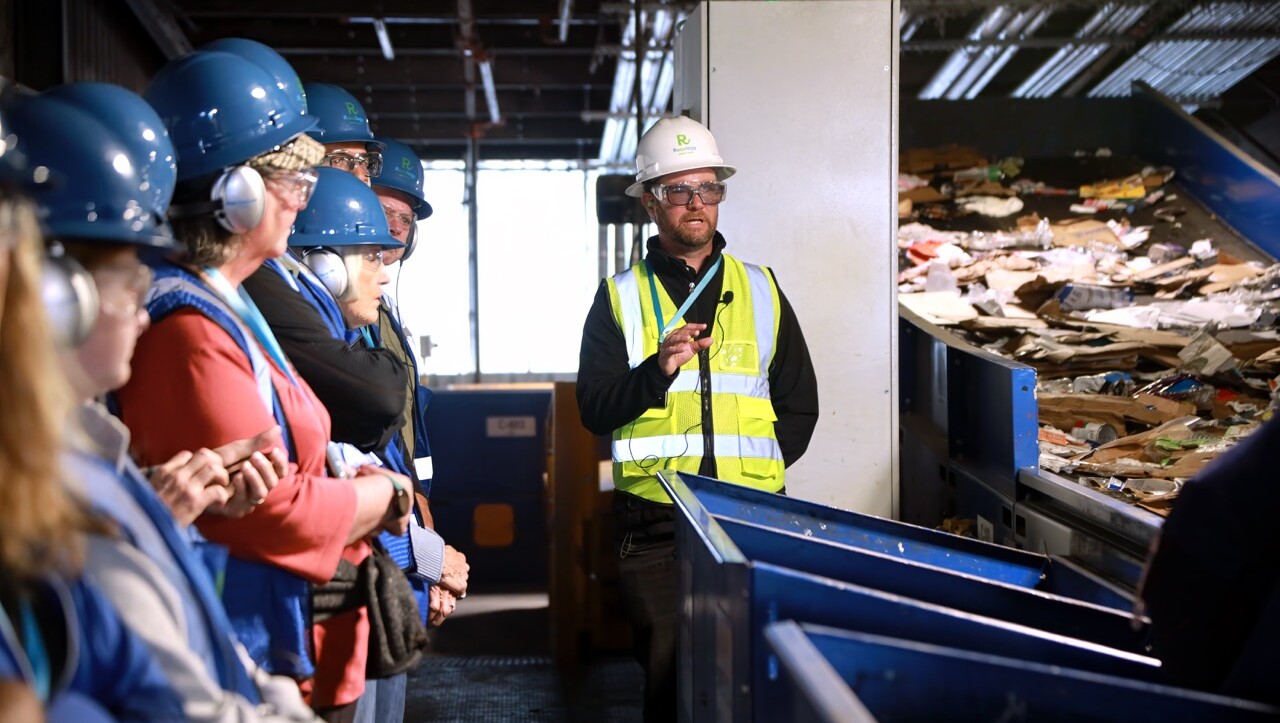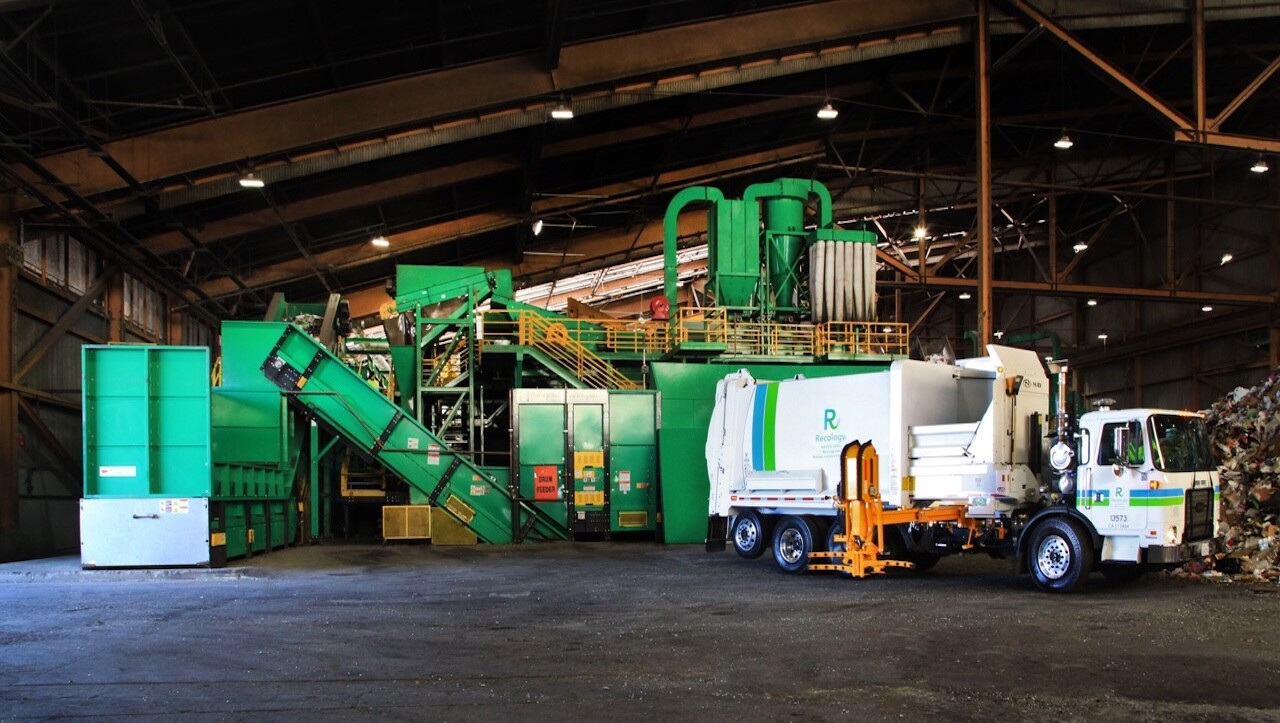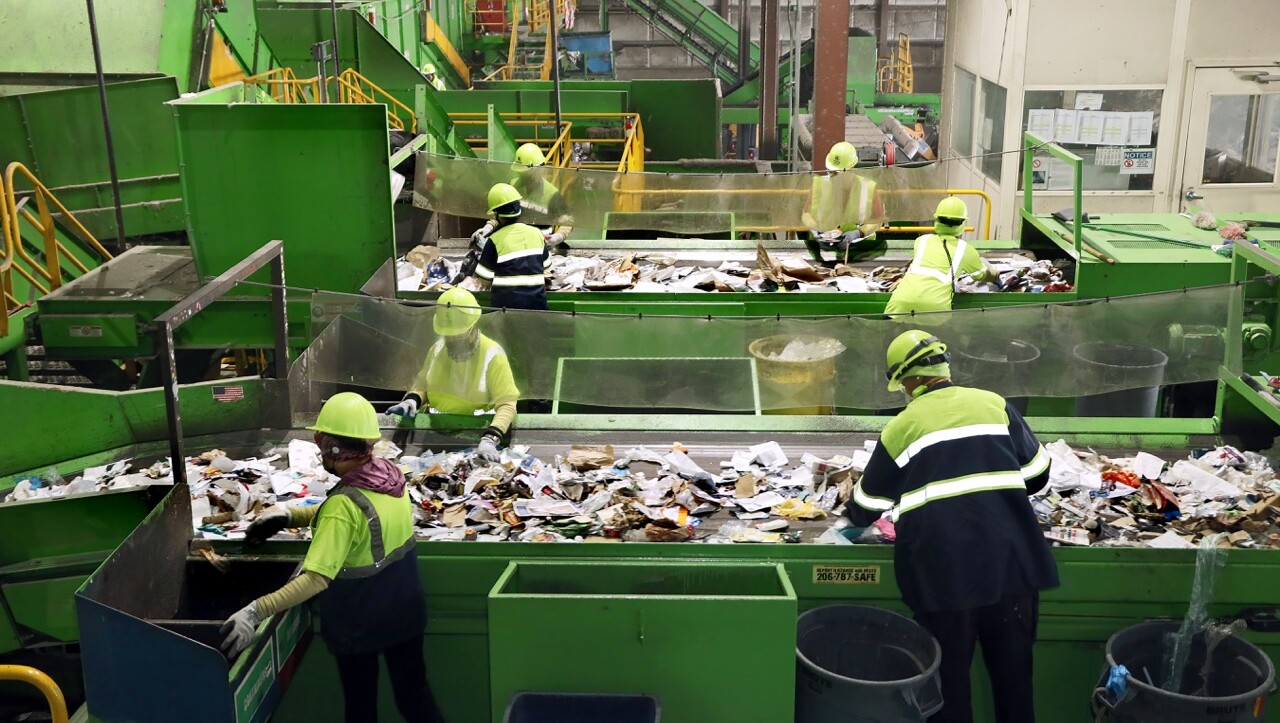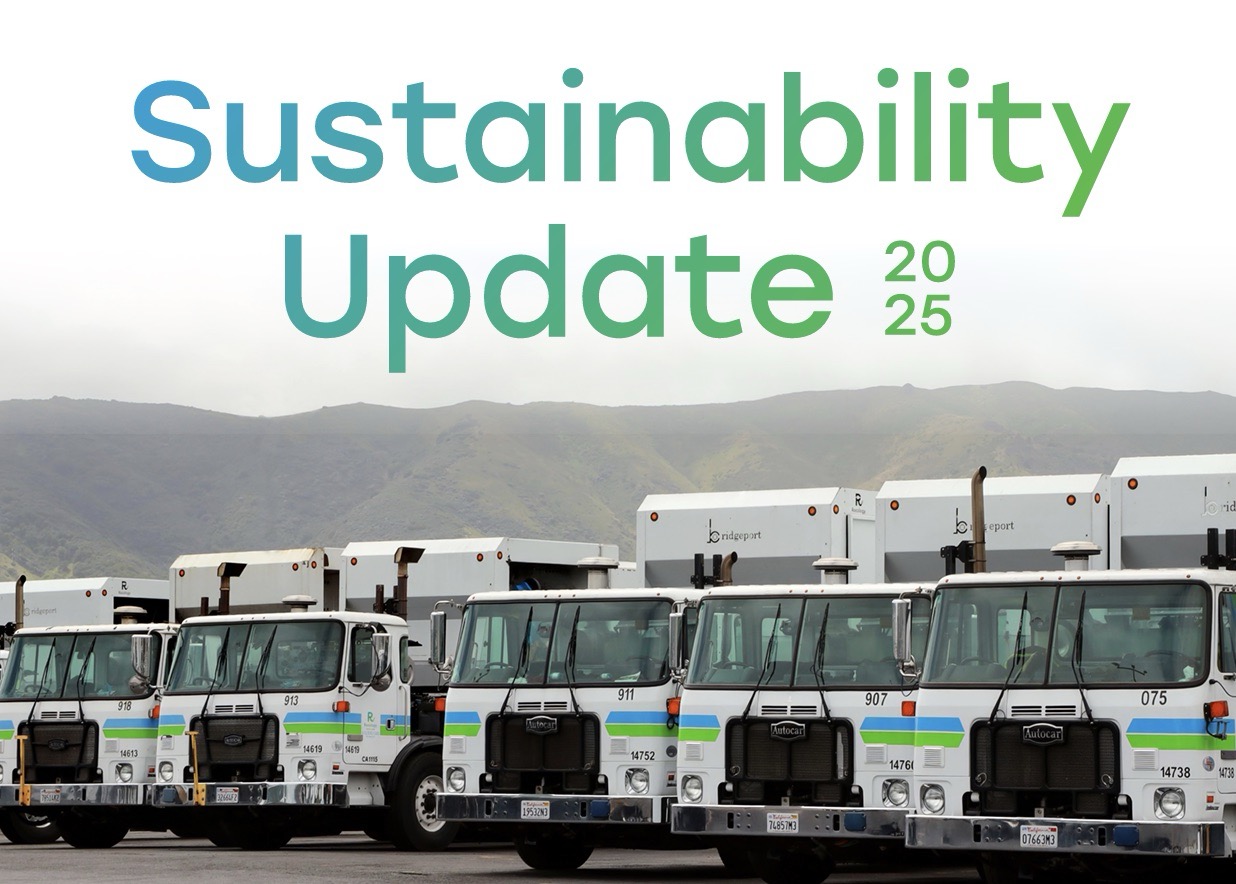Our Approach to Innovation
Innovation helps us push the boundaries of resource recovery—from testing emerging technologies to forging partnerships that reimagine how materials are recovered and reused.
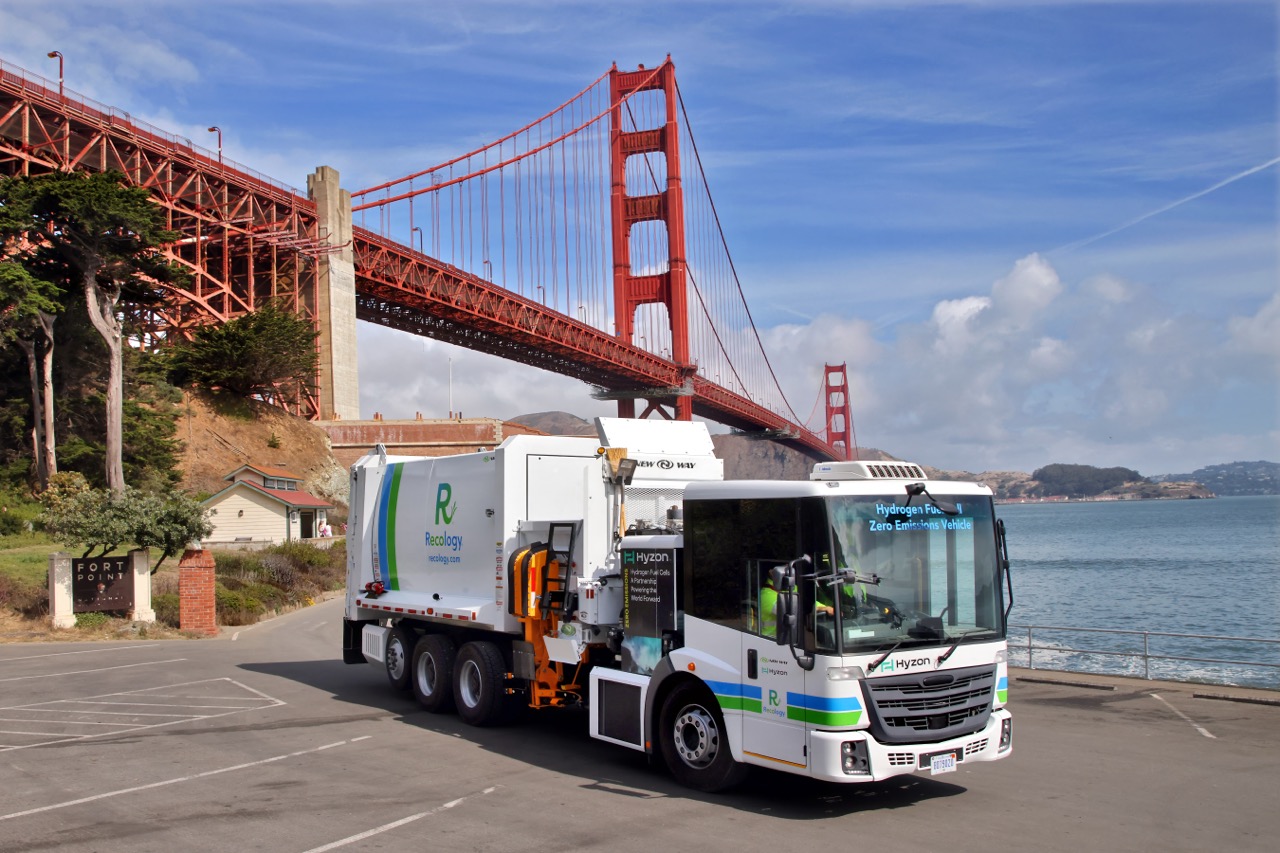
Technologies We Leverage
Landfill Gas to Energy
Recology works with LoCI, a company that optimizes collection of landfill gas, to improve the efficiency of our gas collection systems. LoCI’s real-time data and automated control systems have allowed us to capture more methane for renewable energy generation.
AI-Enabled Robotics
Recology works with innovative technology partners to deploy AI-enabled robots at several of our Material Recovery Facilities. The robots use advanced computer vision and smart robotic arms to efficiently identify and sort a range of recyclable materials. By automating the sorting process, these AI systems help us reduce contamination, recover more materials, and improve worker safety while providing real-time data to align operations with market demand.
Aerated Static Pile (ASP) Composting
High-quality compost needs added water and air. With an ASP System, organic material sits on perforated pipes, which pull or push air through compost piles to better control moisture, oxygen, and microbial levels. Collected air is processed through a bio-filter, which absorbs odors and volatile organic compounds.
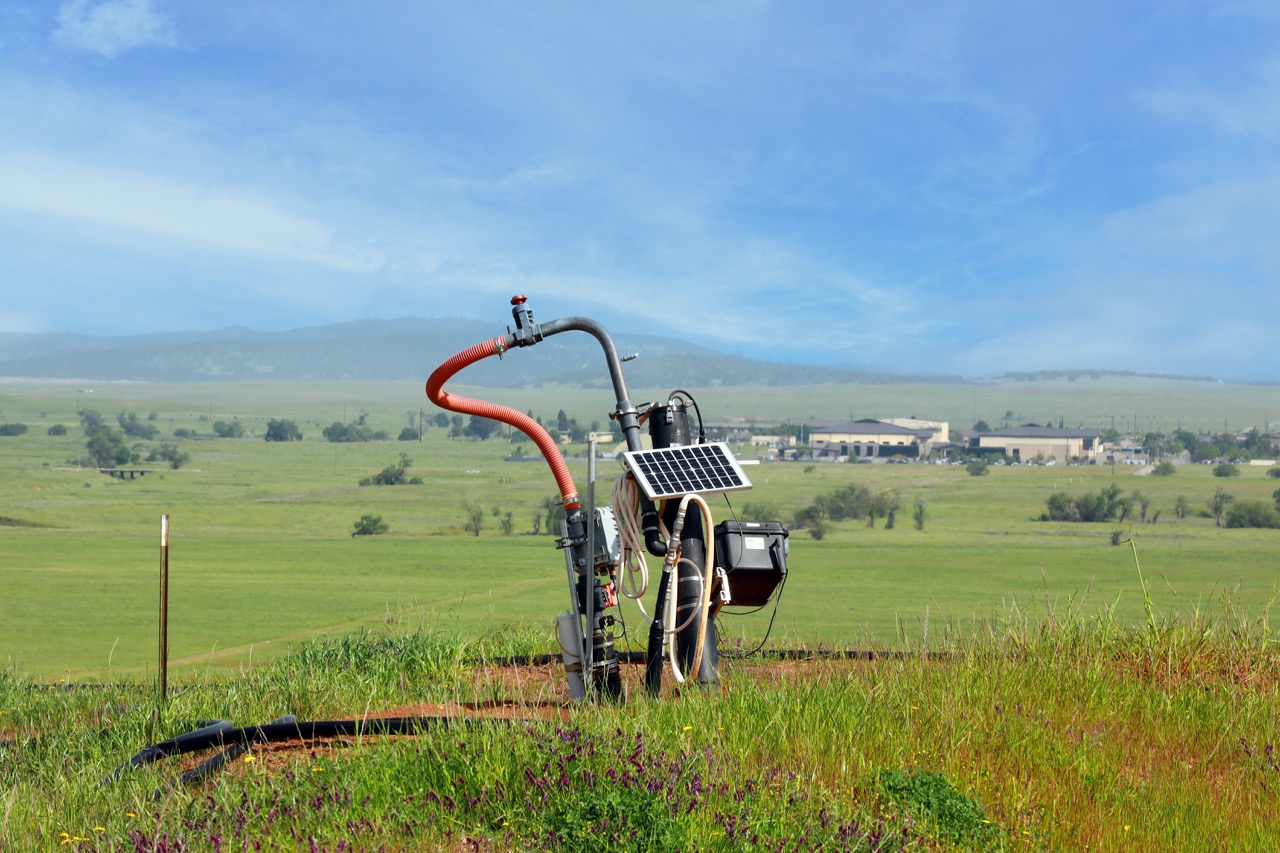
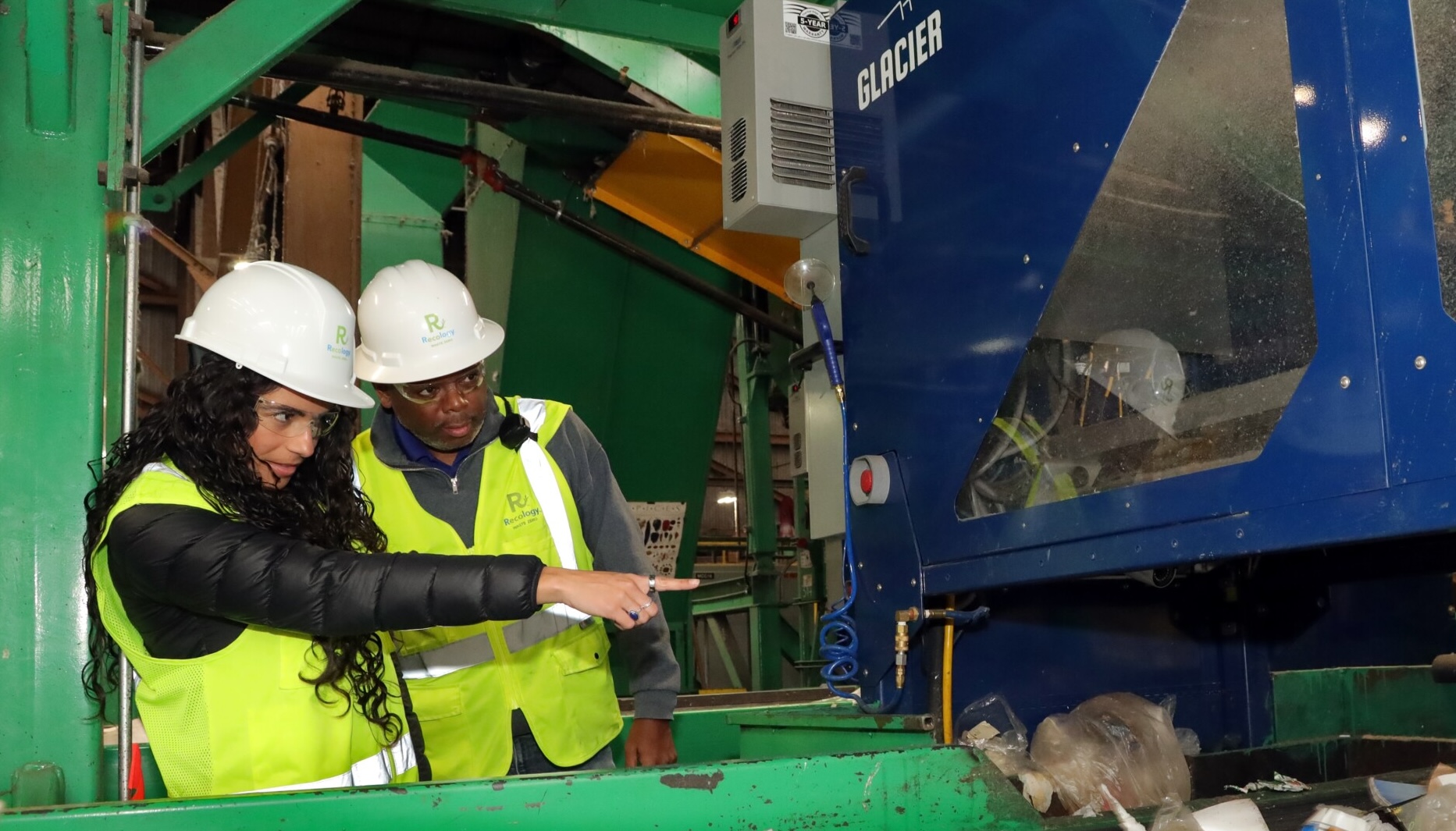
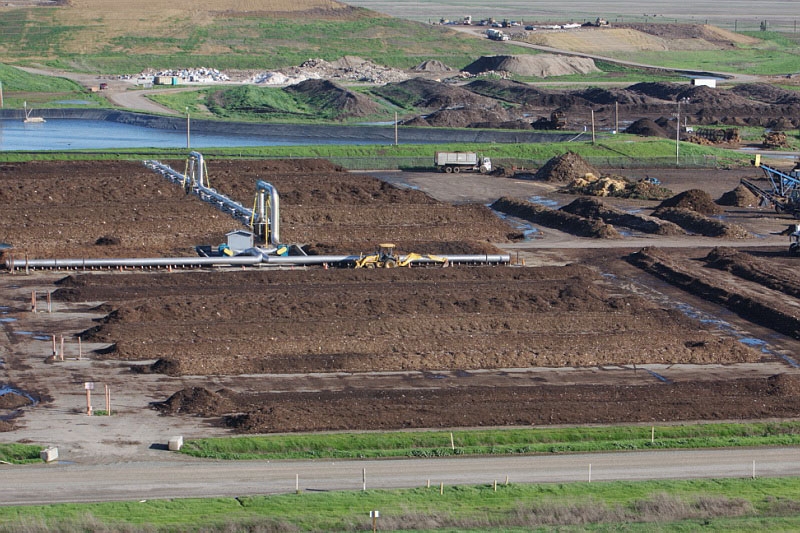
Material Recovery Facilities
Recology owns and operates 11 Material Recovery Facilities (MRFs) that specialize in sorting recyclables into high-quality recyclable commodities, like fiber, glass, metal, and more.
Partner with Us
We are always looking to pilot innovative technologies that could transform resource recovery or reduce emissions. Have a technology or groundbreaking idea you would like to pilot at Recology? Contact Us.
